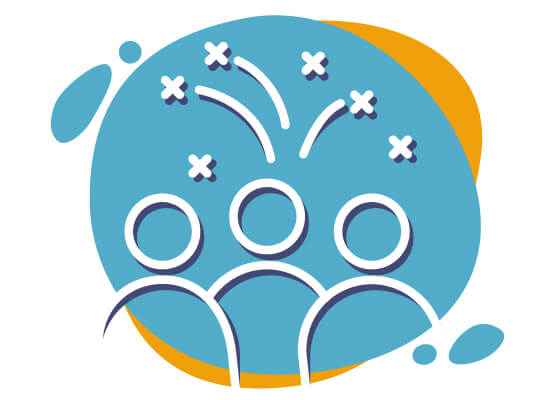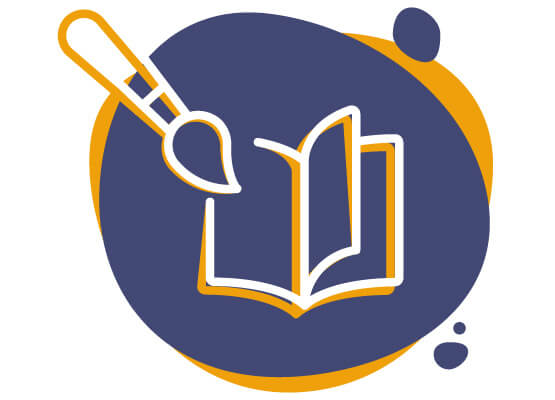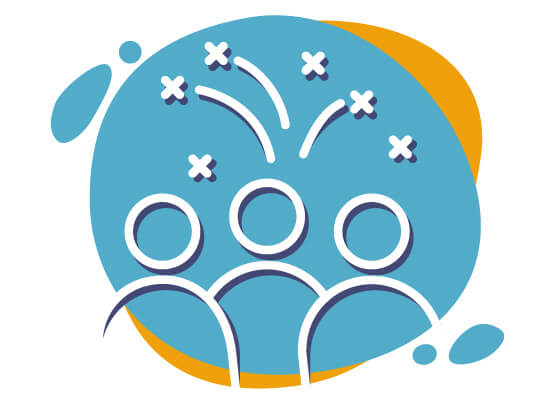Our CSV-Reference-Guide
Eight partners from six different countries are working to achieve the same main goal and successfully manage the three main activities of the project:

C1. CSV-Reference-Guide
The “Create Shared Value” project follows the principle that social responsibility can be learned, which would be particularly useful for vocational trainers, educational specialists and learners, as they all support training in their teaching, organization and implementation methods. They have to be creative and thus generate shared values.
The aim of the final activity is to promote learning. We intend to bring together people from industry and teachers/trainers/pedagogical and management personnel from VET to exchange ideas that can ultimately improve social responsibility knowledge and pedagogical approach.

C3. Trainings-App
The aim of the final activity is to promote learning. We intend to bring together people from industry and teachers/trainers/education and management staff from VET to exchange ideas that can ultimately improve social responsibility knowledge and pedagogical approach using an APP.
CSV Reference Guide
The CSV Reference Guide contains all important information that has been evaluated and exchanged between the partners on a country-by-country basis. The CSV Reference Guide will contribute to the overall goals of CSV@VET by:
- Promoting CSR methodology to help improve the vocational training sector through technology.
- strengthening awareness of the social responsibility of educational institutions, especially in vocational training.
Our CSV reference guide will cover:
- A collection of concrete identifications and best practices from CSV.
- An analysis and trends of CSV over the last decade with proposals for the consortium as a basis for the rest of CSV@VET’s results and activities.
- The results of a primary and secondary survey (external) and interviews (internal) conducted by the indirect and direct TGs are proposed.
- Findings on important discussions on the extent to which the regulations, standards and identification of what is good corporate social responsibility should be improved, reviewed and monitored by which group: mainly corporate actors, the state or civil society associations.
- Suggestions for vocational training providers who demand a framework to work towards.
- We have recommendations for implementing CSR to CSV in our implementation guide






